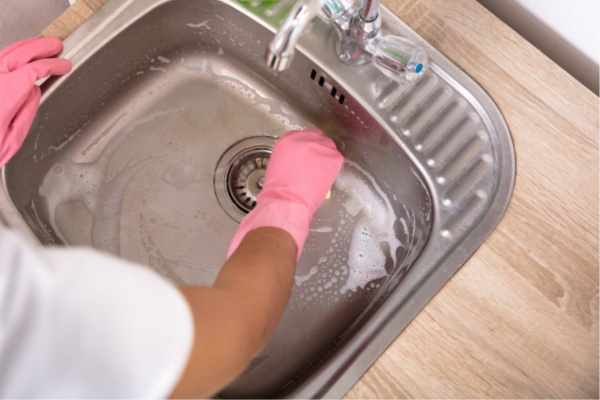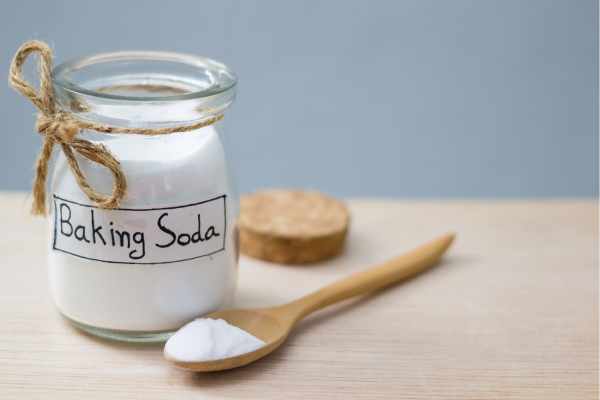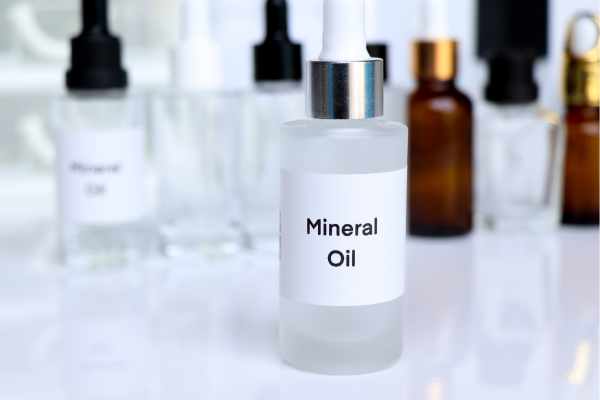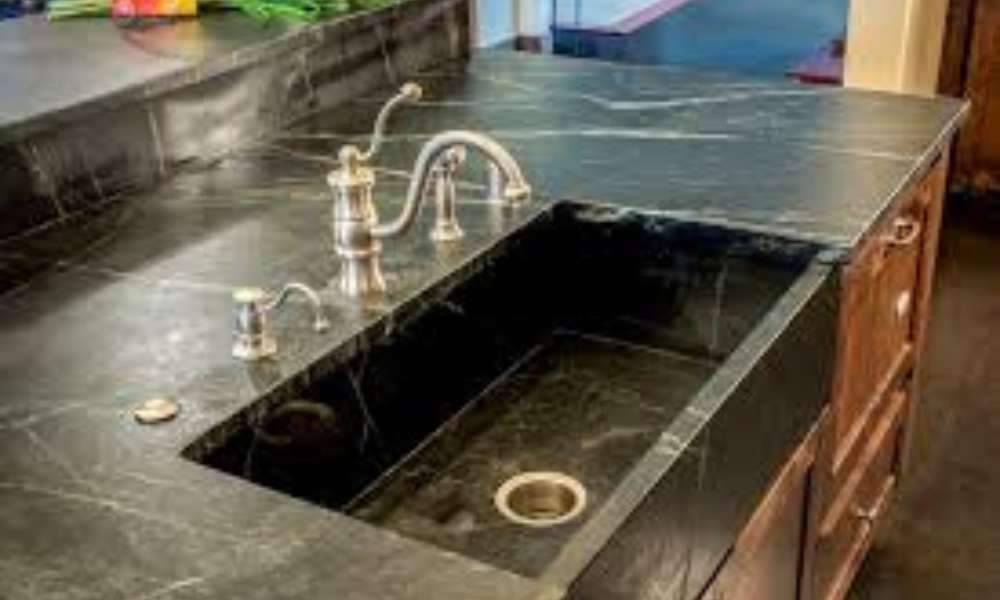Cleaning a soapstone sink requires a delicate balance of gentle care and effective maintenance to preserve its natural beauty and durability. Unlike other sink materials, soapstone is non-porous, making it resistant to stains and bacteria, but it still needs regular upkeep to maintain its elegant appearance. Whether you’re dealing with everyday grime, water spots, or minor scratches, understanding the best cleaning practices is essential to ensure your soapstone sink remains a stunning focal point in your kitchen or bathroom. In this guide, we’ll explore the top methods and tips on how to clean a soapstone sink, ensuring it stays in pristine condition for years to come.
Here Are 10 Ways to Clean Your Soapstone Sink
1. Regular Rinsing with Water
Soapstone is a non-porous material, making it resistant to stains and bacteria. However, to keep it looking fresh and clean, regular rinsing with warm water is essential. After each use, rinse the sink with warm water to remove any soap, food particles, or debris. This simple practice prevents buildup and ensures that your sink maintains its natural luster. Avoid using harsh chemicals or abrasive sponges as they can dull the surface. A soft cloth or sponge with water is sufficient to clean and preserve the integrity of your soapstone sink. For stubborn spots, a mild dish soap can be used, but always rinse thoroughly afterward.
2. Gentle Cleaning with Dish Soap

For daily cleaning, a mild dish soap works wonders on soapstone sinks. Mix a small amount of dish soap with warm water and use a soft cloth or sponge to wipe down the surface. This method effectively removes grease, food residues, and light stains without damaging the stone. After cleaning, rinse the sink thoroughly with water to ensure no soap residue is left behind. Avoid using harsh chemicals or cleaners with citrus, as they can react with the soapstone and cause discoloration. This gentle cleaning method keeps your sink looking new while maintaining its natural patina over time.
3. Removing Stubborn Stains with Baking Soda

Baking soda is a safe and effective way to tackle stubborn stains on your soapstone sink. Make a paste by mixing baking soda with water and apply it to the stained area. Let it sit for a few minutes before scrubbing gently with a soft cloth. Baking soda’s mild abrasive nature helps lift stains without scratching the surface. After scrubbing, rinse the sink thoroughly with water. For tough stains, you may need to repeat the process a few times. This natural cleaning method is not only safe for your sink but also environmentally friendly.
4. Polishing with Mineral Oil

To restore the shine and enhance the natural beauty of your soapstone sink, occasional polishing with mineral oil is recommended. Apply a small amount of mineral oil to a soft cloth and rub it onto the sink’s surface in circular motions. The oil darkens the stone slightly, bringing out its rich color and veining. Let the oil sit for a few minutes, then wipe off any excess with a clean cloth. Regular polishing not only keeps your sink looking new but also helps protect it from stains and scratches. This easy maintenance step is a great way to preserve the elegance of your soapstone sink.
5. Dealing with Scratches
Soapstone is known for its durability, but it can still get scratched. Fortunately, minor scratches can be easily buffed out. Use a fine-grit sandpaper or a sanding sponge to gently rub the scratched area in a circular motion. After sanding, rinse the area with water and apply mineral oil to restore the shine. For deeper scratches, you may need to repeat the process or consult a professional. Regular maintenance and careful handling of heavy or sharp objects can prevent scratches and keep your sink looking flawless.
6. Avoiding Harsh Chemicals
Cleaning a Silgranit sink, avoiding harsh chemicals is crucial to preserving its durability and aesthetic appeal. Silgranit is a composite material that is highly resistant to stains and scratches, but using abrasive cleaners, bleach, or acidic substances like vinegar can damage the surface, leading to discoloration and weakening of the material over time. Instead, opt for gentle, non-abrasive cleaning agents, such as mild dish soap or specialized granite cleaners, which effectively remove dirt and grime without harming the sink.
7. Preventing Water Spots
Water spots can form on soapstone sinks, especially in areas with hard water. To prevent these spots, wipe down the sink with a soft cloth after each use. If water spots do form, they can usually be removed with a little baking soda or a vinegar solution. However, be sure to rinse thoroughly and apply mineral oil afterward to restore the sink’s shine. Regular maintenance and drying of the sink after use can prevent water spots and keep your soapstone sink looking pristine.
8. Sealing the Sink
While sealing soapstone is not always necessary, some homeowners prefer to seal their sinks to provide extra protection against stains and scratches. There are specialized sealers available for soapstone that can be applied every few years. Sealing enhances the stone’s natural beauty and provides a barrier against potential damage. If you choose to seal your sink, follow the manufacturer’s instructions carefully and reapply as needed to maintain optimal protection.
9. Dealing with Hard Water Stains
Hard water stains can be a challenge on soapstone sinks, but they are not impossible to remove. A mixture of baking soda and water or a specialized stone cleaner can help lift these stains. For more stubborn spots, a gentle scrubbing with a non-abrasive pad may be necessary. After cleaning, rinse thoroughly and apply mineral oil to restore the stone’s natural luster. Regular maintenance and using a water softener can prevent hard water stains from forming.
10. Routine Maintenance
Maintaining a soapstone sink is simple but requires consistency. Regularly cleaning, polishing with mineral oil, and promptly addressing any stains or scratches will keep your sink looking beautiful for years to come. Avoid harsh chemicals and abrasive materials, and stick to gentle, natural cleaning methods. With a little care and attention, your soapstone sink will remain a stunning and functional centerpiece in your kitchen or bathroom.
What is the best way to clean a soapstone sink?
The best way to clean a soapstone sink is by using a mild dish soap and warm water. After each use, rinse the sink thoroughly with water to remove any debris or soap residue. For daily cleaning, mix a small amount of dish soap with warm water and wipe down the sink with a soft cloth or sponge. This gentle method effectively cleans the surface without damaging the stone. For added shine and protection, you can occasionally polish the sink with mineral oil, which enhances the stone’s natural beauty and helps prevent stains and scratches.
How do you get stains out of soapstone?
To remove stains from a soapstone sink, start by making a paste with baking soda and water. Apply the paste to the stained area and let it sit for a few minutes. Then, gently scrub the stain with a soft cloth or sponge. Baking soda is mildly abrasive, so it helps lift the stain without scratching the stone. Rinse the area thoroughly with water afterward. For more stubborn stains, you may need to repeat the process or use a fine-grit sandpaper to buff out the stain, followed by applying mineral oil to restore the sink’s finish.
The Final Thought
Maintaining the beauty and functionality of your soapstone sink is simpler than you might think, with just a few thoughtful steps ensuring it stays in top condition. By incorporating regular cleaning with gentle, natural products and occasional polishing with mineral oil, you can preserve the sink’s rich, elegant appearance and prevent damage. Avoiding harsh chemicals and addressing any stains or scratches promptly will further protect the stone’s integrity. With the right care, your soapstone sink will not only serve as a practical kitchen or bathroom fixture but also continue to be a striking centerpiece in your home for years to come.
